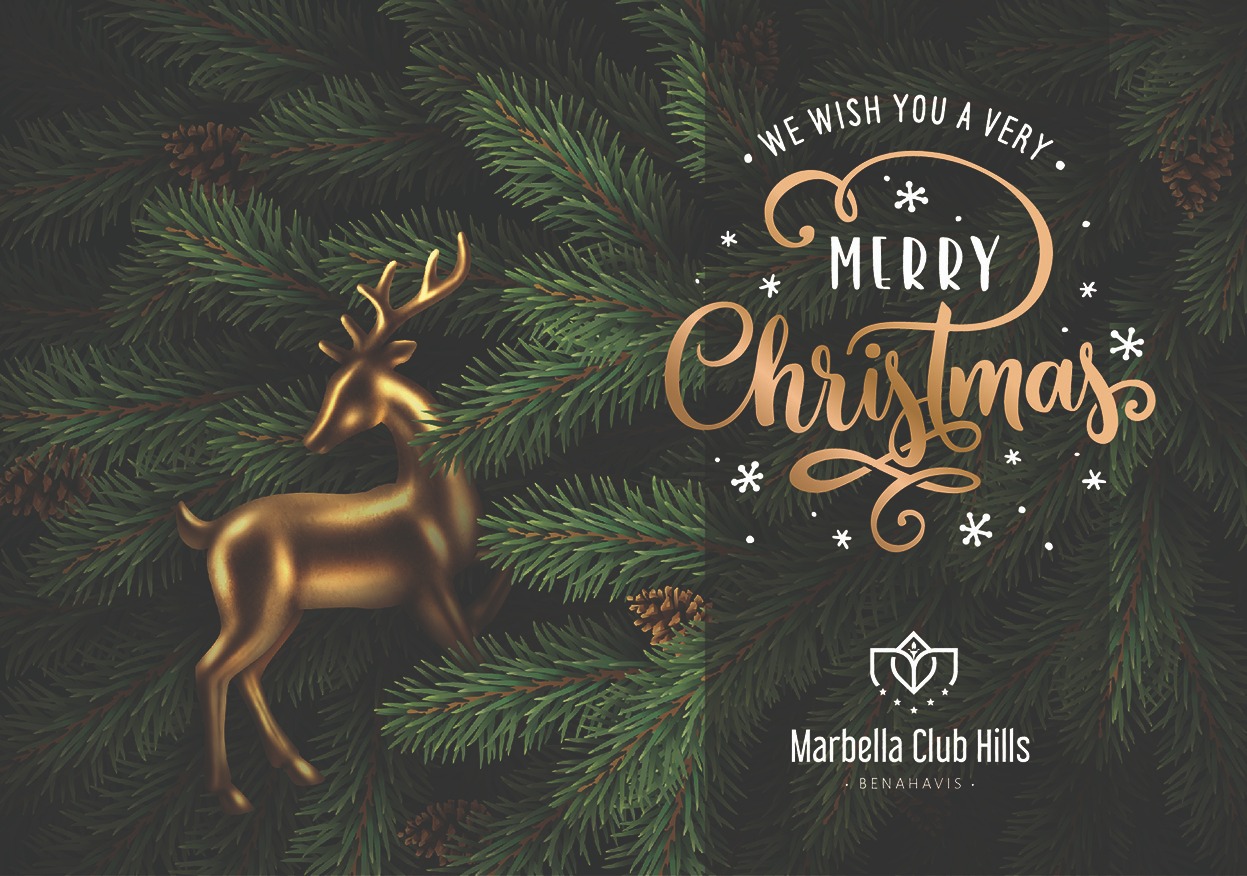Christmas trip around the world
For many Christmas is one of the most important moments of the year. No wonder why - it's unique, magical, full of joy and generosity.
It brings us closer and it encourages us to reflect. This is true and universal for many countries.
We set out on a journey across the world to discover what Christmas holidays look like in other countries.
In the Netherlands, the Santa Claus arrives on a steamboat from Spain. In Peru, they begin Christmas Eve at midnight. In Lebanon, there are no holidays without a crib, and in Germany - without a potato salad and a white sausage.
Each country has different customs to celebrate Christmas. Let's take a look at some of them.
Spain
If it is your first Christmas in Spain, get ready to live an unforgettable experience. Spain keeps a lot of customs and traditions that fill this celebration with magic. Christmas in Spain begins long before the Christmas Eve, and does not end on December 25. There are several dates that mark “milestones” for those who decide to spend the holidays and live the Christmas spirit in the Iberian style. December 22nd is the Christmas Lottery day. This raffle, held since 1763, marks the beginning of the festivities and fills those who dream of winning millions of euros with enthusiasm.
Sweden
According to the Swedish tradition, Christmas celebrations begin on St. Lucia, December 13. It's the shortest day of the year and one that begins the Advent. The oldest girl in the family dresses in white and decorates her head with a wreath that has candles on. She wakes up her parents for breakfast brought to their bed. The tradition symbolises the story of Saint Lucia, who in hiding provided food to the Christians persecuted by the Romans.
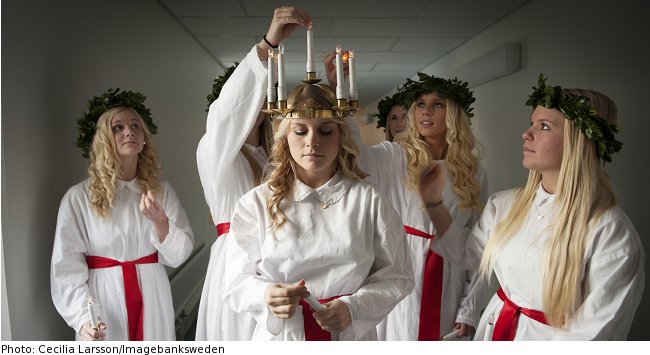
Bulgaria
In Bulgaria, after the Christmas Eve feast, the family leaves a fully-set table for the night. It is believed that ghosts of deceased ancestors are visiting the houses at night in order to taste the Christmas delicacies.
Austria
In Austria, the Christmas tree is dressed on Christmas Eve. The Austrians hung lights and chains and sweets - mostly chocolate bottles filled with liqueur and meringue rings in pastel colours. Instead of finding gifts under the Christmas tree, children receive them on December 6, when St. Nicholas brings them along with Krampus. The latter is a really devilish monster, hairy and with horns, whose role is to scare children and punish the naughty ones by handing a rod or coal.

Iceland
In Iceland in turn, children receive gifts from Yuletide-lads, magic elves coming from the mountains, which is the land famous for pranks. They visit the little ones for the next thirteen days, the first time on December 12 and the last time on Christmas Eve. Good boys leave their sweets and small gifts on the windowsill. While naughty children can only count on receiving a rotten potato, the more pleasant gifts are traditionally books, clothes or candles and cards.
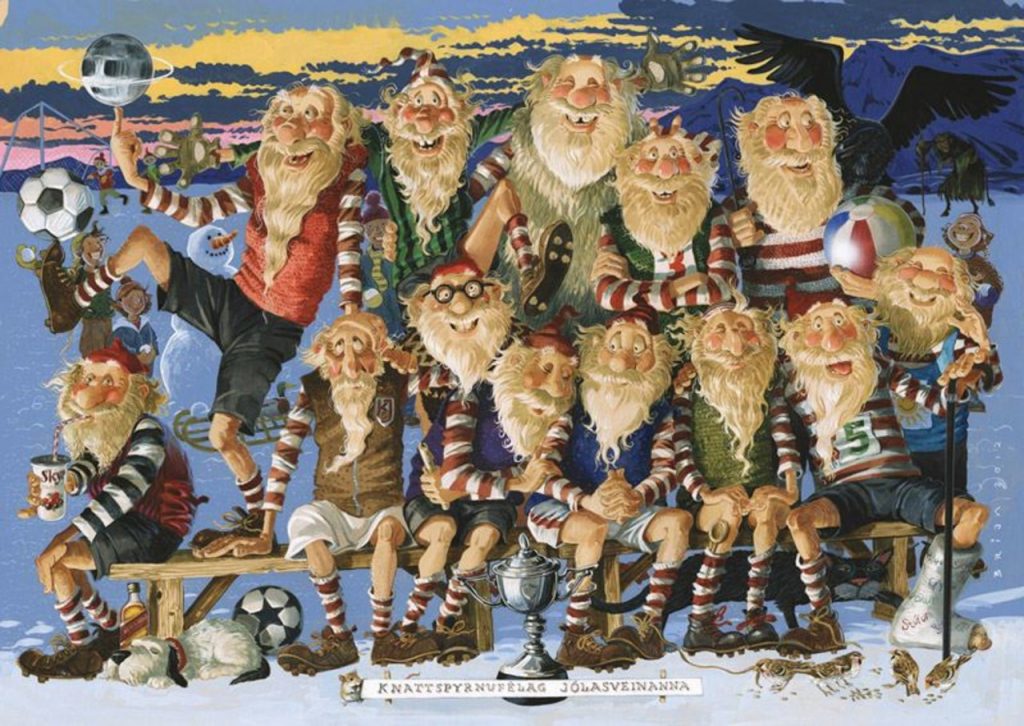
Norway
Wicked Christmas Norwegians believe that Christmas Eve coincides with the arrival of evil spirits and witches. Therefore, everyone will hide all their brooms before they go to sleep.

Ukraine
In Ukraine, one of the most important Christmas decorations is a spider cobweb. It is a reference to the old legend of a poor family who did not have any decoration for their tree. After waking up, the children saw that the Christmas tree was "dressed" by the spider, entwining it with spiderwebs shimmering in the sun. What's more, after some time, it turned into silver and gold, saving the family from poverty. The symbolic spider among ornaments is supposed to bring prosperity in the coming year and protect it from scarcity.
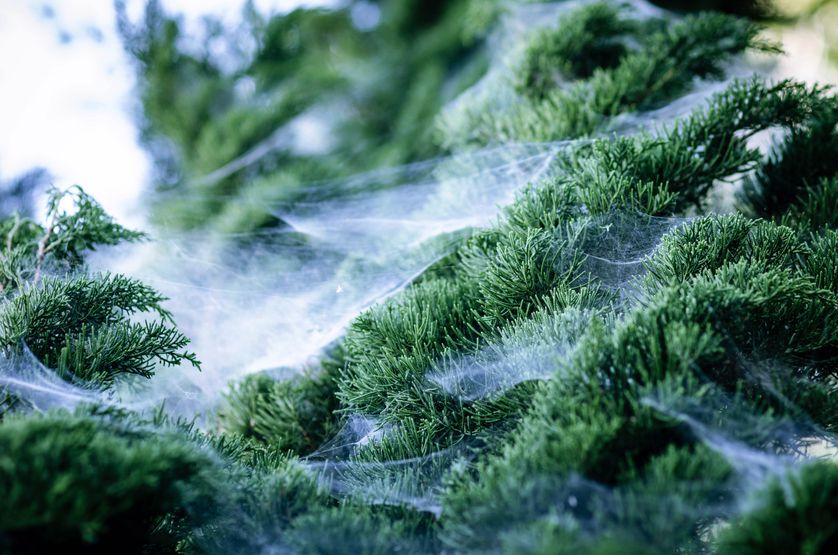
Greece
In Greece, next to the Christmas tree, the houses are also decorated with a bundle of basil, which is immersed in a shallow, wooden bowl. One of the family members - most often the hostess - sprinkles the apartment with the basil and holy water to protect it from evil spirits. It is believed that they can appear only in the period between Christmas and the holiday of the Three Kings, getting into the houses through the chimneys. Therefore, in those days, the Greeks keep their fireplaces on to scare any intruders away.
Mexico
Christmas celebrations in Mexico begin on December 16 with nine-day ¨posadas¨. These are performances depicting the Christmas story of Joseph and Maria seeking accommodation. Participants carry candles and lanterns. They finish the performance in another house each night. An important element of the posadas is piñata, a clay pot decorated with tissue paper clowns or animals, filled with mandarins, sugar cane and candies. Piñata hangs on a string over the heads, and the children with blindfolds on hitting it with a stick until it breaks down, flooding them with an avalanche of sweets.
On the morning of the Epiphany (Día de los Santos Reyes), the children receive Christmas presents and eat traditional rosca de reyes, a round cake with dried fruits and the image of the Baby Jesus hidden in it.
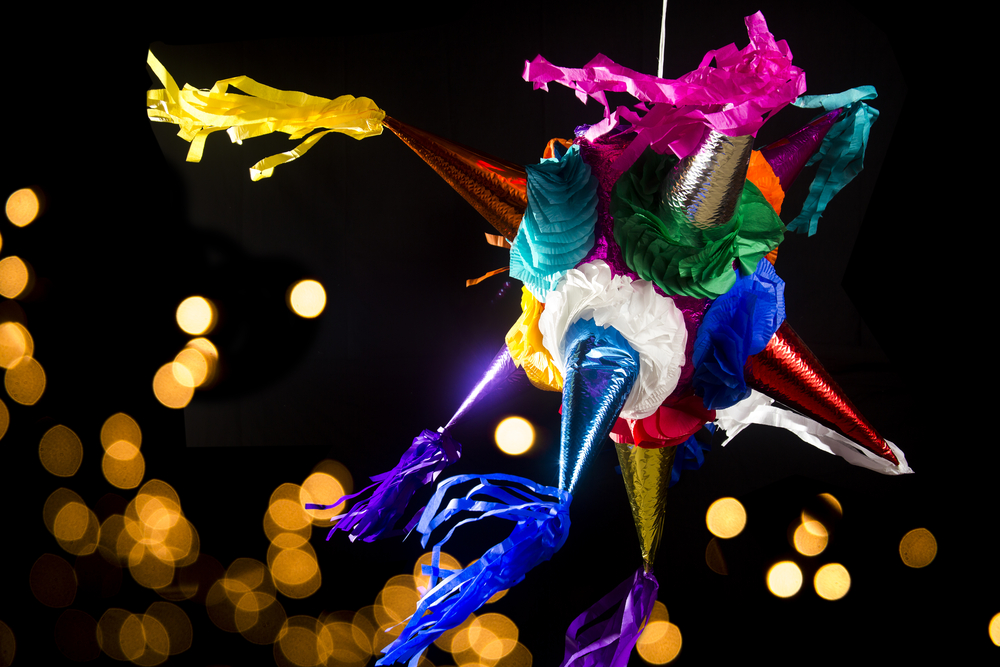
Lebanon
In Beirut, where Christians make up one quarter of the population, there are more Christmas decorations on the streets and buildings than many Christian cities in Europe and the world. Lebanese may not have the traditional Christmas dishes that are found in another countries, as the most important for them is that the whole family would sit together at the table. Also, the crib is more popular than a Christmas tree and it becomes a focus for the prayer of people in the house. When people visit each other's houses over the Christmas period, sugared almonds are often eaten with strong cups of coffee. In Lebanon, Santa Claus is known as Baba Noël.
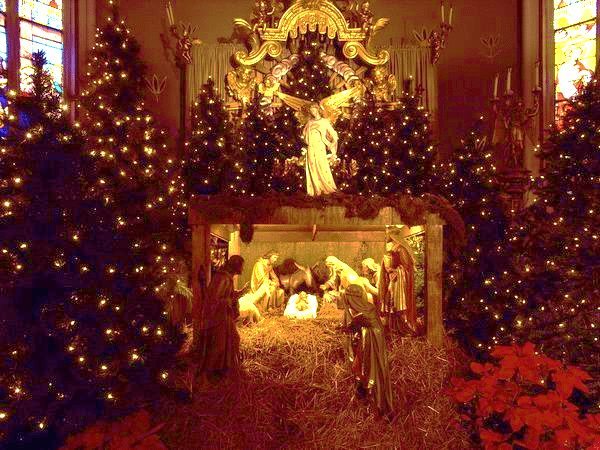
Spain
Christmas is very important for Spaniards. The main dishes served on Christmas Eve vary depending on the region. These are usually: lamb and piglet (Castilla Leon and Castilla La Mancha), roast turkey (Andalusia), seafood, fish (coast). For dessert, turron is served (a kind of nougat with almonds), marzipan, polvorones, nuts. Everything is washed down with a large amount of cava, a traditional Spanish white sparkling wine.
A traditional dish is a fruitcake - a cake in which small surprises, for example, coins, are baked. Whoever gets it, is obliged to bake a fruitcake for a year.
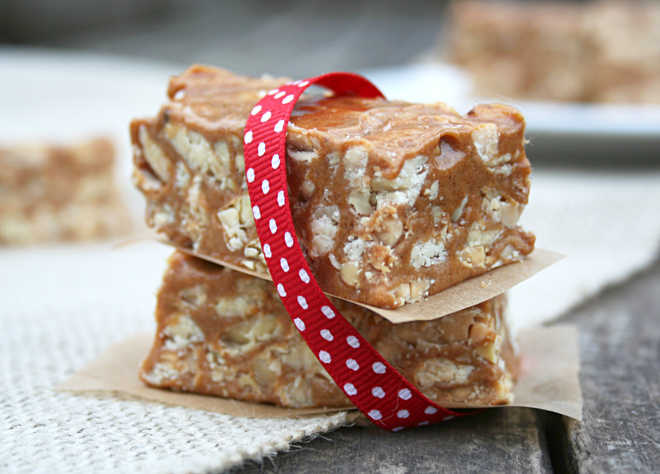
Australia
Due to the climate of Christmas, Australia is spent in unusual scenery. On this most important day, residents gather on the beaches and spread snow-white tablecloths. On the ¨tables¨, you can find roasted turkeys, small cookies with sophisticated shapes, fruit puddings and cakes. On this day the beaches resemble one big, festive table. There are also gifts that can be found under the Christmas tree in a huge, woollen sock. Australians distribute them at home, after a "big feast" on the beach. In addition, they send Christmas cards to all friends and receive them under the Christmas tree. Australian Santa Claus looks completely different than in other continents. He is dressed in an outfit of a scuba diver and it happens that he comes on a windsurfing board.
Ireland
Preparations for Christmas begin in October when Christmas treats are prepared: Christmas Cake (cake with alcohol and dried plums) and Plum Pudding. Store displays, apartments and streets are decorated. The starting point for celebration is the feast of the Immaculate Conception in the Catholic Church - December 8. On December 24, there are socks hanging on the fireplace in anticipation of gifts; the dinner is usually served with turkey, and at midnight you attend the Holy Mass. On the second day of Christmas, or St. Stephen's Day, carollers go around the houses and collect donations. The official ending of the holiday is January 6, the feast of the Magi.
France
Christmas in France - Noël - is also one of the most romantic family holidays. Santa Claus - Papa Noël - brings children gifts at night, from 24 to 25 December, throwing them into a shoe or under a Christmas tree. The symbol of Christmas in France is the nativity scene and the so-called "Santons" - figurines of saints. Interestingly, in addition to the biblical characters, "little saints" often depict heroes of everyday life - a policeman, a mayor or a chef. On December 1, parents buy children the so-called Calendrier de l'Avent (Advent Calendar). Puppies open one calendar window every day, eat sweets found, hurriedly write letters to St. Nicholas counting the days separating them from holidays, and adults are getting ready for Christmas and New Year greeting cards. This custom, taken from England, orders them to be sent between December 15 and January 31.
Every country has its custom but they all have one thing in common - the custom of holding an amazing atmosphere of waiting for the most beautiful, full of magic and family atmosphere feast of the year.
If you love skiing, we would love you to read about skiing in Sierra Nevada.
